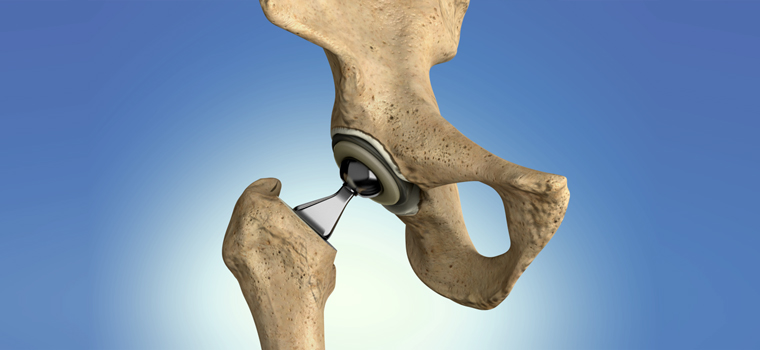
Hip Arthroscopy
2min ReadThe hip arthroscopy is a type of surgery that is performed to examine the internal space of the hip and in some cases it also includes repair of the area. This surgery is a form of operation performed using an arthroscope. The arthroscope is a tubular device that includes a camera and is directed by the surgeon to the surgical site so that the inside can be seen without opening it. The surgeon can now diagnose the problem by observing the site and make corrections if necessary.
Duration of treatment
Patients are expected to walk with a crutch for up to 1-2 weeks after surgery and have 6 weeks of physiotherapy. It may take up to 3 to 6 months for the patient to reach a point that does not feel pain after physical activity. Of course, there are some ways to speed up the recovery process, which we will continue to discuss.
Related paraclinics
Prior to surgery, the doctor will perform several tests to measure the patient’s health and to ensure that the patient is healthy enough to perform the operation. It may also be necessary to perform some tests on the doctor’s diagnosis. Other tests, such as ECG and X-ray imaging of the breast, will also be prescribed at this time, if necessary.
Preoperative care, operation process, and postoperative care
Preoperative care
If the surgery involves general anesthesia, you may be asked to avoid eating and drinking a few hours before the surgery. You should also discuss all your medications and supplements with your doctor, as it may be necessary to avoid taking some of these medications. Such drugs include blood clotting medications such as aspirin, which may need to be avoided.
Operation process
The surgeon creates an incision in the pelvic region and enters the arthroscope in the hip joint through it. As already mentioned, the camera is connected to the arthroscope, by which the surgeon can observe the image of the joint through it. This camera transmits hip joint video images to a monitor and surgeon observes it. Now, according to the observations, the surgeon may attach several small devices to the arthroscope and apply minor corrections to the pelvis. After completing this step, the surgeon removes the arthroscope and sutures the surgical site.
Postoperative care
In order to accelerate the recovery process, in addition to following your doctor’s instructions and performing prescribed exercises, avoid the following:
- Sitting on low and soft surfaces
- Shifting the weight of body onto the operated on leg
- Casting one leg on the other leg so that the ankle is placed on the knee
- Lifting the leg
Surgical Tips:
- Possible risks include:
- Damage to the joint
- Damage to nerves and blood vessels
- Infection
- Blood clot in the leg




Reviews
Number of pending reviews174